The Highland Games: Dancing, bagpipes and giant men in kilts since 1314
In her 1931 novel Highland Fling, Nancy Mitford described the Highland games at Invertochie as ‘an extraordinary spectacle of apparently meaningless activity’. She couldn’t have been more wrong.
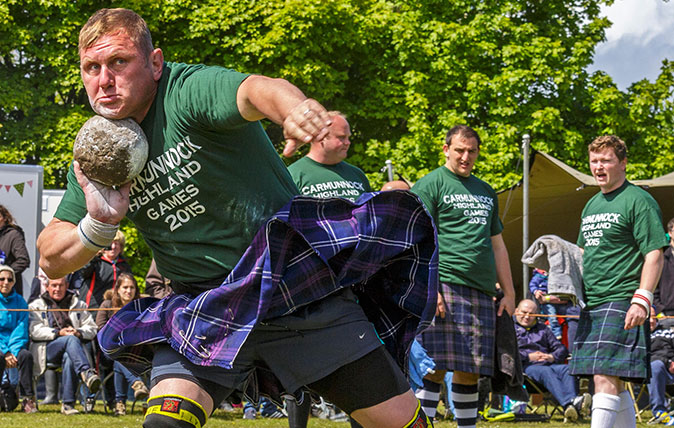

The Saltire billows in the wind and bagpipes clamour for attention. An enormous, muscular man in a kilt is carrying what looks like (and could well be) a tree trunk high in the air. With a grunt and a heave, he gathers all his strength and hurls it forwards. It lands almost perfectly straight and the grassed arena erupts with applause from the crowd.
On a nearby stage, six-year-old girls high-kick their way through the Highland dancing competitions, anxious mothers waiting to pounce on the merest wisp of hair that escapes from their buns. As the massed pipe bands start up, the onlookers fall silent, transfixed by the beating of the drums and the players that move in step, as one.
This is the scene at Gordon Castle’s Highland Games, just outside the village of Fochabers in Moray, 50 miles from Inverness, but it could have been anywhere in Scotland on any summer weekend, with over 100 events on the national calendar.
It’s far bigger than just Scotland, however. There are Highland games events everywhere, as far afield as the Jakarta Highland Gathering in Kuala Lumpur or the Caledonian Club of San Francisco’s games, which are said to be the world’s largest, with more than 50,000 spectators.
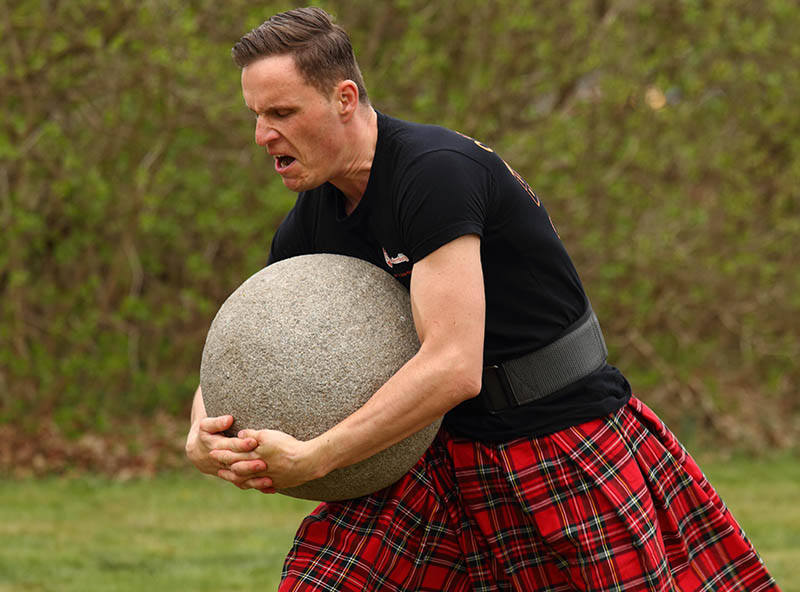
How did it all begin?
Highland games have existed in some form since the 11th century, when Malcolm III is said to have sent a group of eager competitors up Craig Choinnich in a bid to find the fastest runner to be his messenger.
The Ceres Games near St Andrews in Fife are the oldest still in existence and date back to 1314, when Robert the Bruce granted permission for village games to be held in celebration of those who fought at the Battle of Bannockburn.
The ban and the underground years
The history of Highland games hasn’t all been smooth sailing. The hated Act of Proscription that followed the Jacobite Rising of 1745 sought to crush the clan system and banned the wearing of ‘what peculiarly belongs to the Highland garb’. The games were effectively outlawed but the events were remembered and kept alive.
Sign up for the Country Life Newsletter
Exquisite houses, the beauty of Nature, and how to get the most from your life, straight to your inbox.
As soon as the Act was repealed in 1782, the games came back with a bang and began to take the shape we recognise. The first truly modern games were held at Strathearn in Perthshire in 1821, inspired by the royal visit of George IV to Edinburgh in 1822.
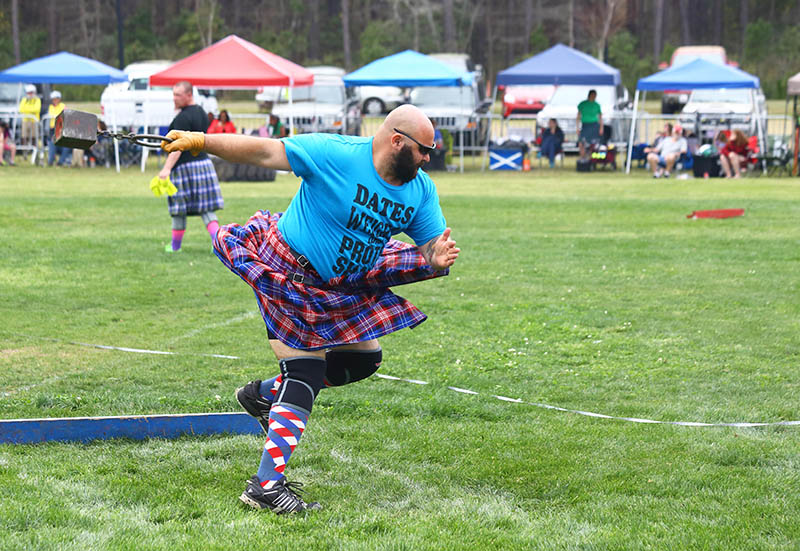
What you’ll see
The most famous event, of course, is tossing the caber, in which man mountains throw giant logs as far as they can. In case you think it looks too easy, we’re happy to reveal that the logs used are soaked in water before the event to add extra weight.
Other typical events include a tug of war (usually held between local teams), running, the hammer, shot put, carrying weight over distance and lifting weight on a bar.
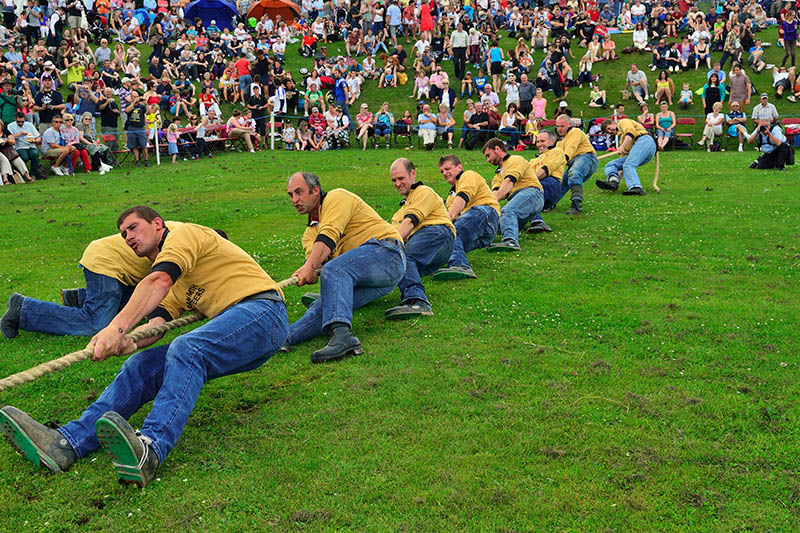
There is also a traditional massed pipe bands’ parade; and to the tunes they play, competitive Highland dancing is a must-have. It was originally a men-only event; now, 95% of entrants are female – and women take part in the heavy events too.
Some organisers have, in recent years, added country fair-style events such as terrier racing, gundog-training displays and falconry to their programmes.
The biggest draw? ‘Giant men in kilts.’
Ask almost anyone and you’ll get the same answer: it’s the heavy events that make the games. Madeleine Allen, president of Ceres Highland Games in June, says ‘It wouldn’t be a Highland games without giant men in kilts running around. That’s what makes it different from a village sports day.’
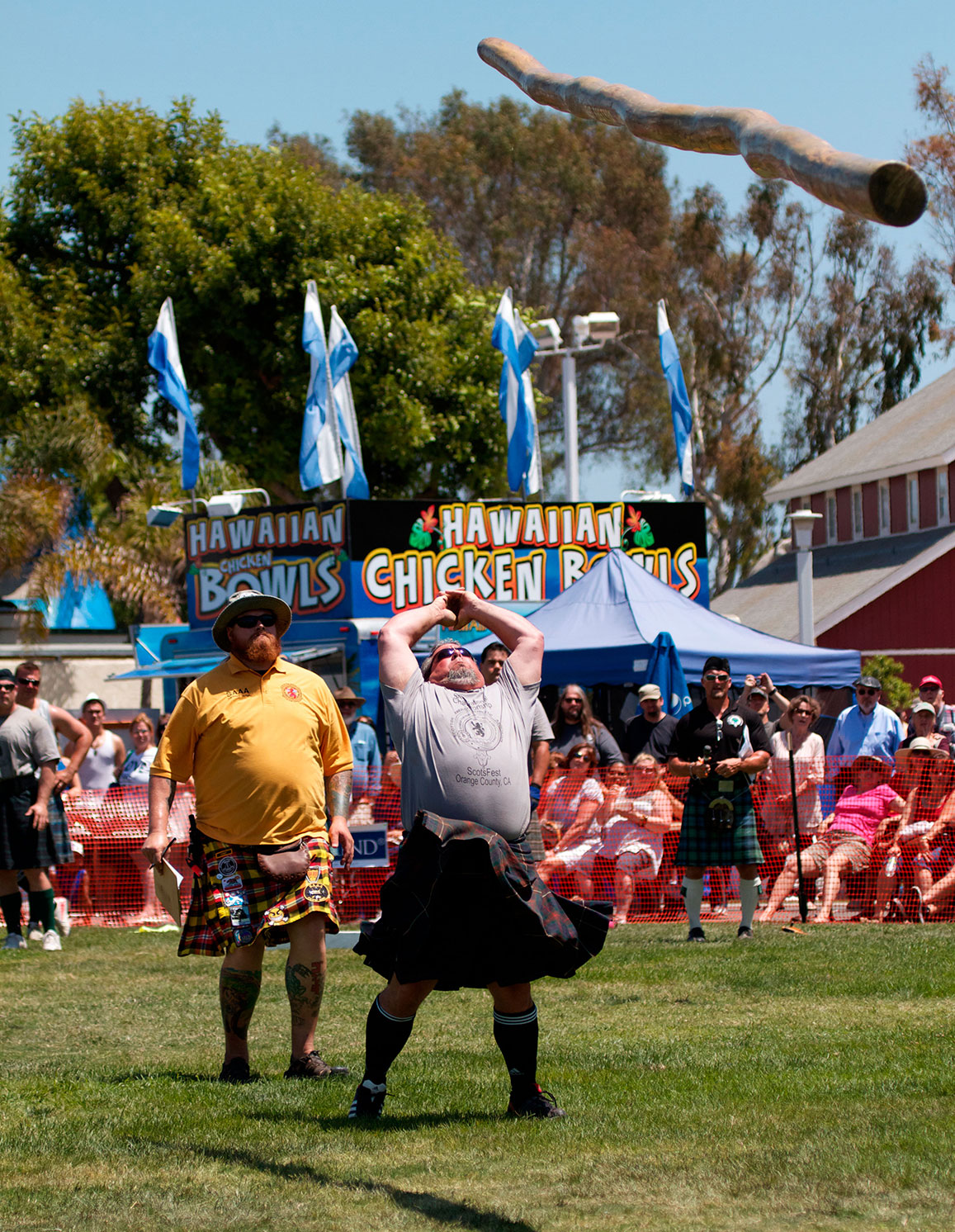
That’s not the only thing, however. For Malcolm Barclay, event manager of the Cowal Highland Gathering, the piping is also particularly poignant. ‘I’ve been doing this for 12 years and still get hairs standing up on the back of my neck when I hear the massed bands. That’s something you can’t miss, wherever you go.’
The games where you’ll spot royalty
The Braemar Gathering in Aberdeenshire, held every September, is the arguably grandest surviving event. It started life as the Braemar Wrights’ Society in 1815, receiving the royal seal of approval in 1866 from Queen Victoria. Since then, members of the Royal Family, including The Queen and The Prince of Wales, have been in regular attendance.
Security has had to be tightened as a result, explains Capt Alwyne Farquharson of Invercauld, the 16th clan chief of Clan Farquharson and owner of the forbidding Braemar Castle, but this hasn’t put a dampener on things. Quite the opposite, in fact: ‘Braemar continues to draw thousands from far and wide.’
What you’ll eat and drink
In short? A lot. Top quality local food and drink is all part of the experience of a modern games – as seems to be the case at pretty much everything you go these days, of course. At the Stirling Highland Games they run a full-on food festival at the event, with Harviestoun beers, venison fresh from the national park and a somewhat-less-traditional prosecco bar.
Meanwhile at Gordon Castle, visitors can tuck into game from Macbeth’s, beer from the Windswept Brewing Co and multi-award-winning dressed salads from local grower Saladworx.
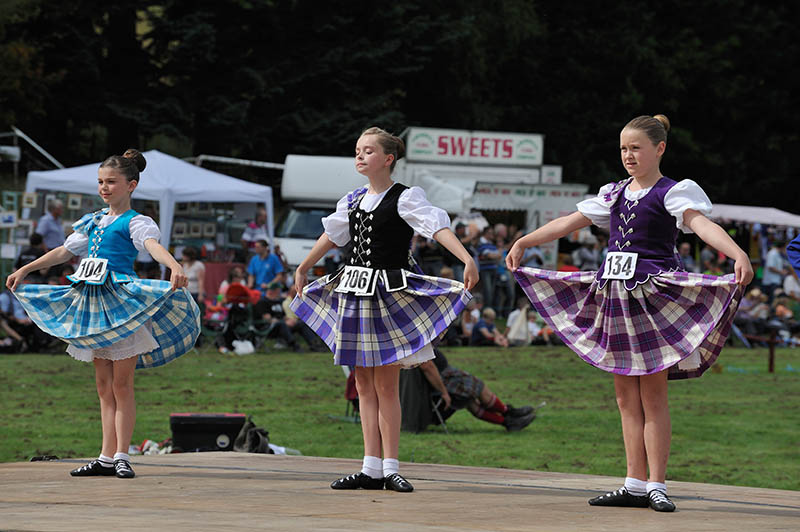
Will the Highland games survive?
There’s the odd cloud on the horizon. ‘Back in the 1930s, if there was a Highland games happening, there wasn’t that much else going on at the same time,’ Malcolm Barclay says. ‘Nowadays, people have so many alternatives to choose from that the challenge is to keep the games relevant.
‘It’s about trying to appeal to the people who haven’t been before. We’re confident that, once they come, they’ll keep coming back.’
Where to go and see the Highland games
There’s a full list on the Scottish Highland Games Association website at www.shga.co.uk.
(Type that carefully.)
Here are some tips of ours for events which are still to come this summer at the time of writing:
August 26: Lonach Highland Gathering & Games, Bellabeg Park, Strathdon
September 2: Braemar Highland Gathering, The Princess Royal and Duke of Fife Memorial Park,
September 3: Blairgowrie & Rattray Highland Games, Bogles Field, Blairgowrie
September 16: Invercharron Highland Games, Balblair Farm, Bonar Bridge
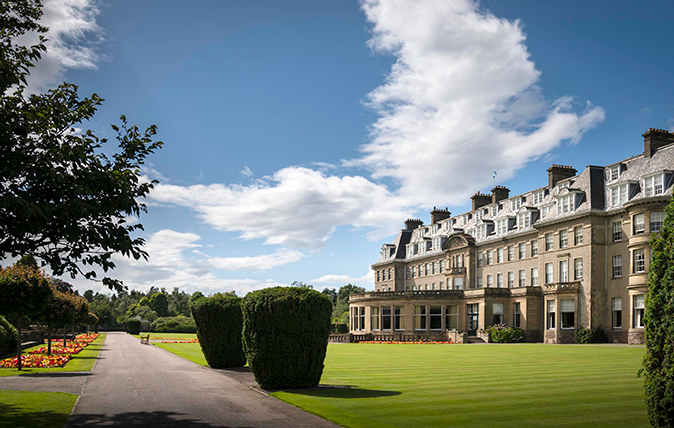
Credit: Gleneagles Hotel, Scotland
The Gleneagles Hotel review: Heaven in the Highlands
The Gleneagles Hotel review: Heaven in the Highlands
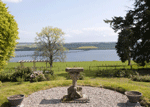
19th century Victorian mansion in the Highlands
Built for the Munro Clan in 1876, this waterside period house has panoramic views out across the Cromarty Firth
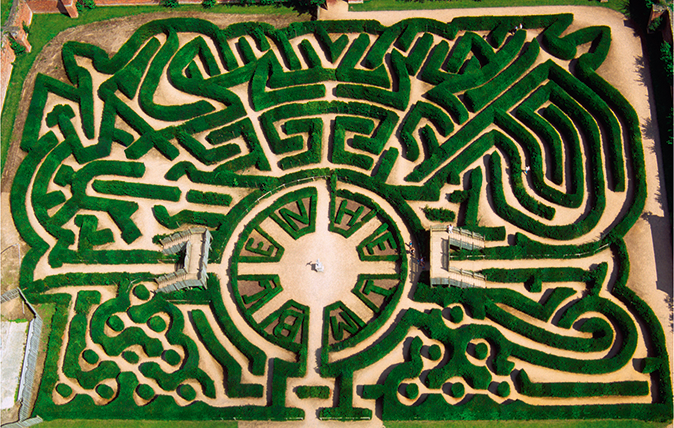
The war hero and diplomat who mastered the art of making mazes
Randoll Coate bluffed his way into 'labyrinthology' with a chance comment at a dinner party, and ended up making a
Country Life is unlike any other magazine: the only glossy weekly on the newsstand and the only magazine that has been guest-edited by HRH The King not once, but twice. It is a celebration of modern rural life and all its diverse joys and pleasures — that was first published in Queen Victoria's Diamond Jubilee year. Our eclectic mixture of witty and informative content — from the most up-to-date property news and commentary and a coveted glimpse inside some of the UK's best houses and gardens, to gardening, the arts and interior design, written by experts in their field — still cannot be found in print or online, anywhere else.
-
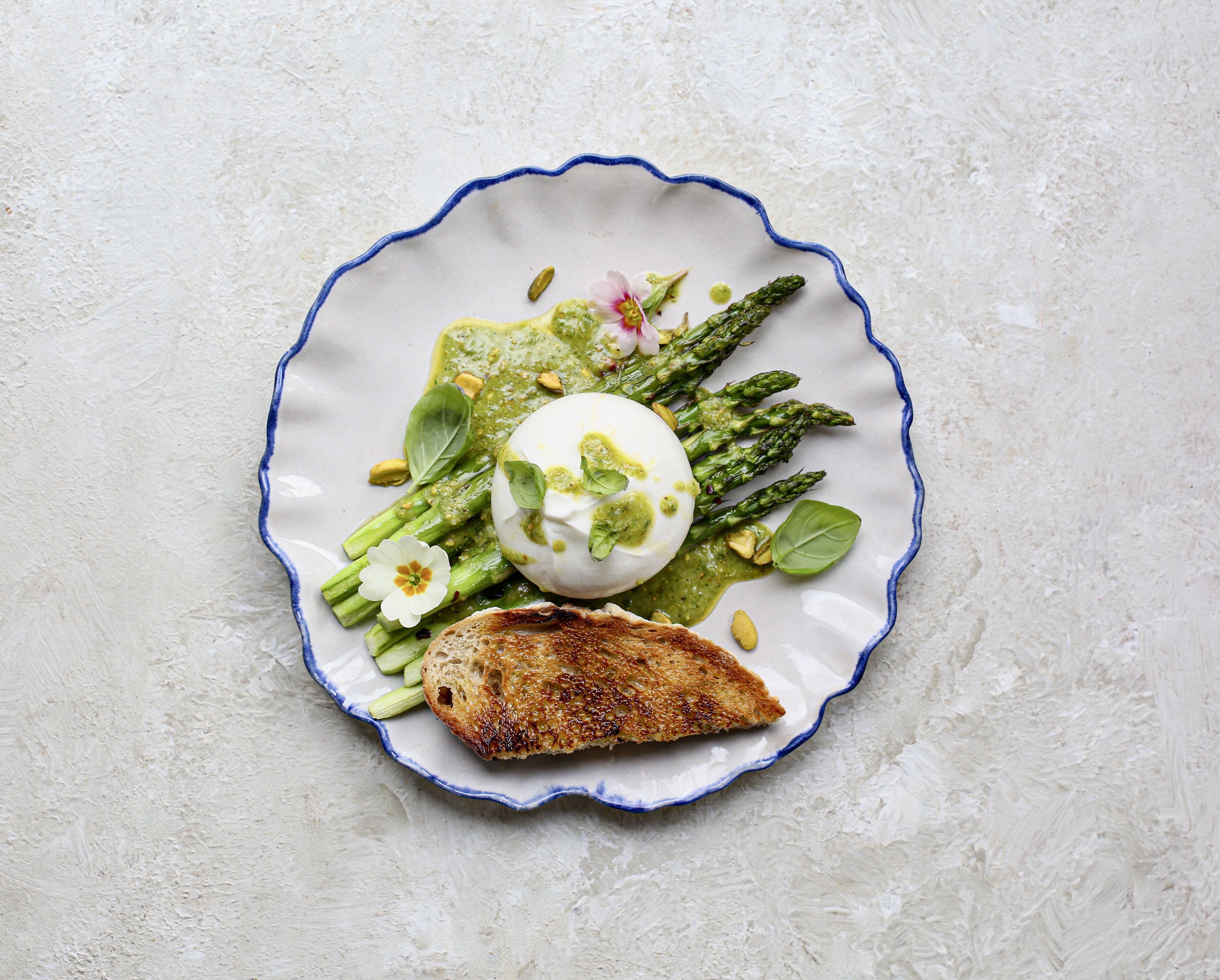 Two quick and easy seasonal asparagus recipes to try this Easter Weekend
Two quick and easy seasonal asparagus recipes to try this Easter WeekendAsparagus has royal roots — it was once a favourite of Madame de Pompadour.
By Melanie Johnson
-
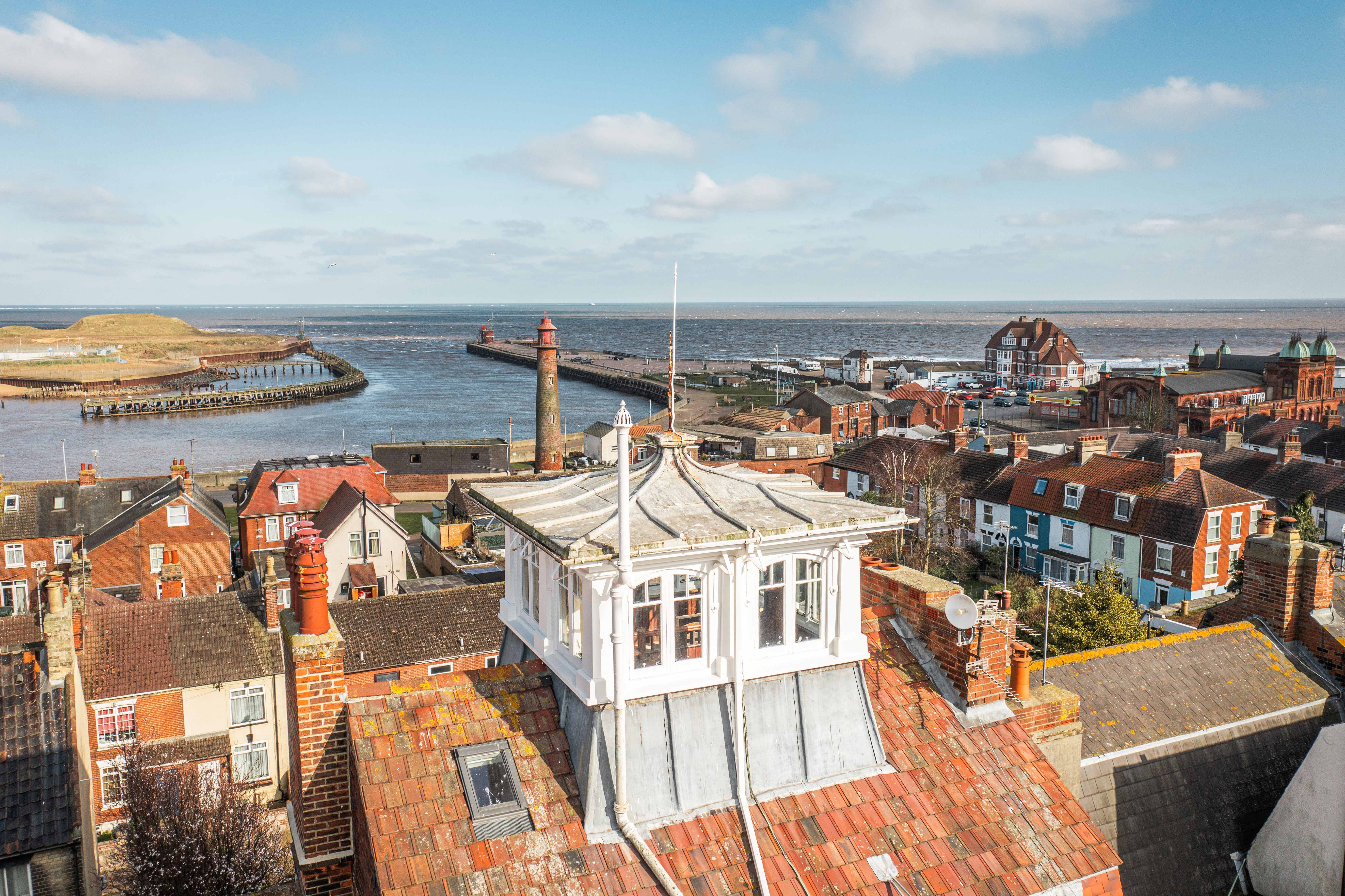 Sip tea and laugh at your neighbours in this seaside Norfolk home with a watchtower
Sip tea and laugh at your neighbours in this seaside Norfolk home with a watchtowerOn Cliff Hill in Gorleston, one home is taller than all the others. It could be yours.
By James Fisher
-
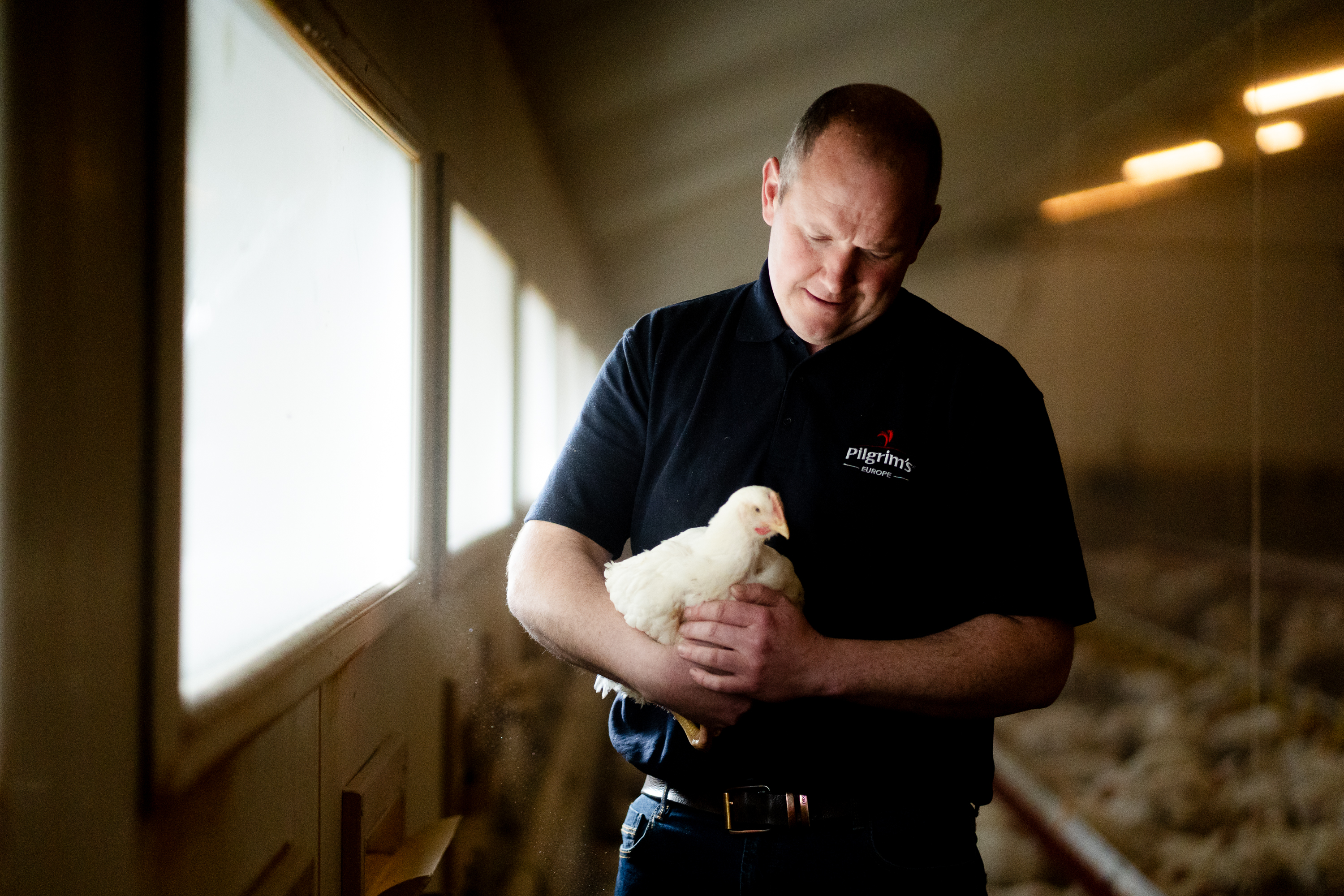 What the cluck? Waitrose announces ‘trailblazing’ pledge to help improve chicken welfare standards
What the cluck? Waitrose announces ‘trailblazing’ pledge to help improve chicken welfare standardsWaitrose has signed up to the Better Chicken Commitment, but does the scheme leave Britain open to inferior imports?
By Jane Wheatley
-
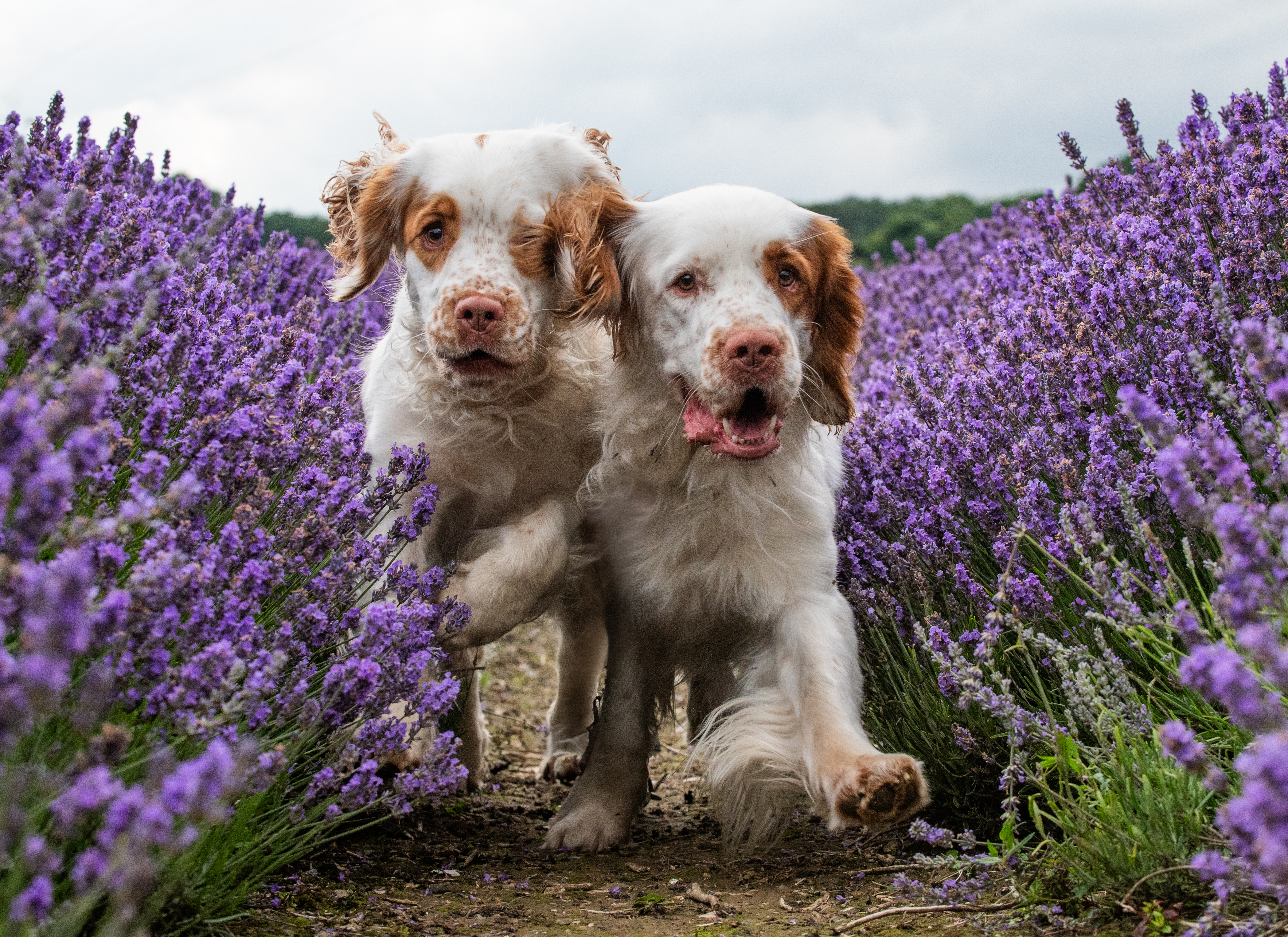 Having a ruff day: Kennel Club exhibition highlights the plight of vulnerable spaniel breeds
Having a ruff day: Kennel Club exhibition highlights the plight of vulnerable spaniel breedsPhotographer Melody Fisher has been travelling the UK taking photographs of ‘vulnerable’ spaniel breeds.
By Annunciata Elwes
-
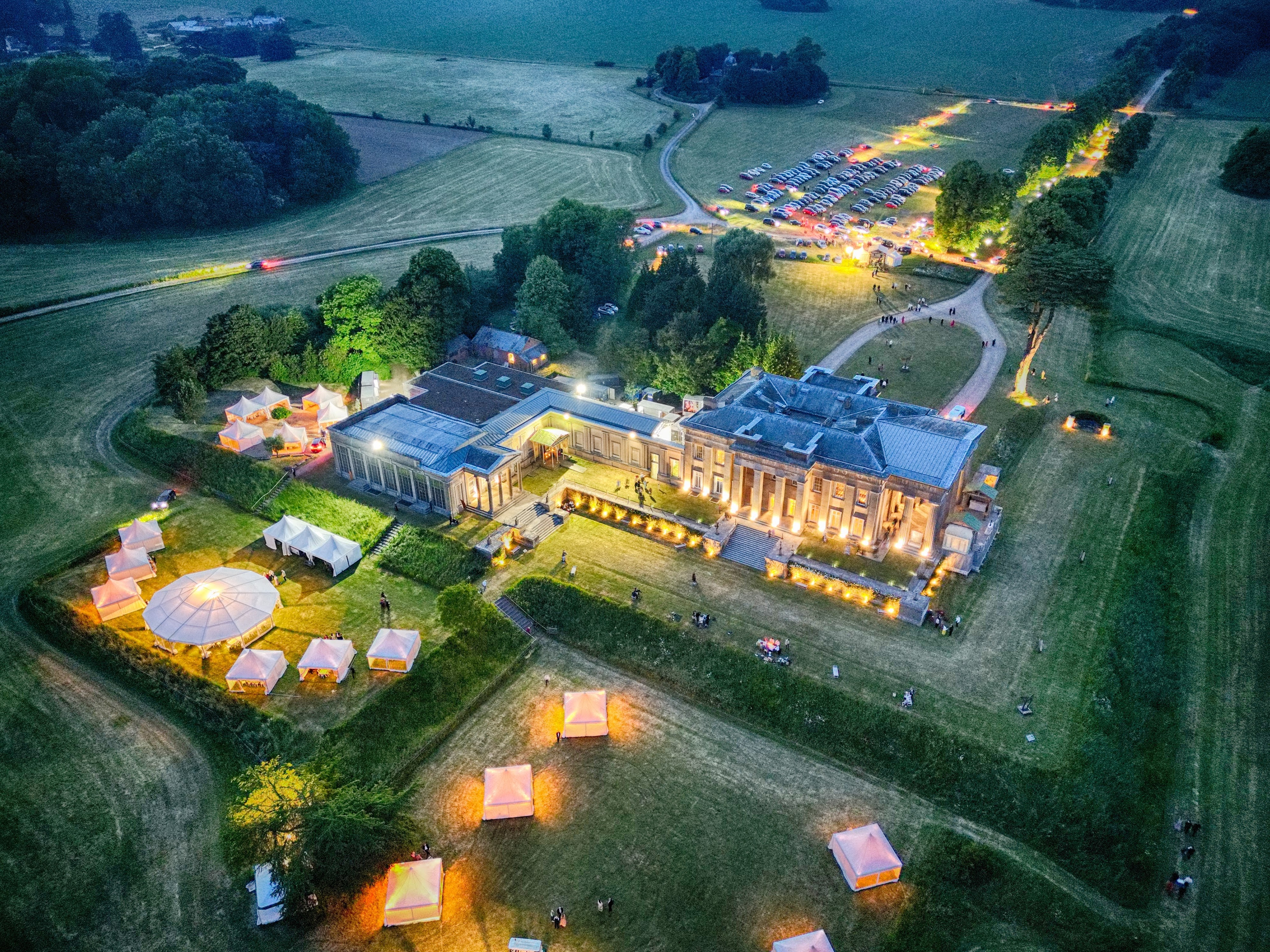 'There is nothing like it on this side of Arcadia': Hampshire's Grange Festival is making radical changes ahead of the 2025 country-house opera season
'There is nothing like it on this side of Arcadia': Hampshire's Grange Festival is making radical changes ahead of the 2025 country-house opera seasonBy Annunciata Elwes
-
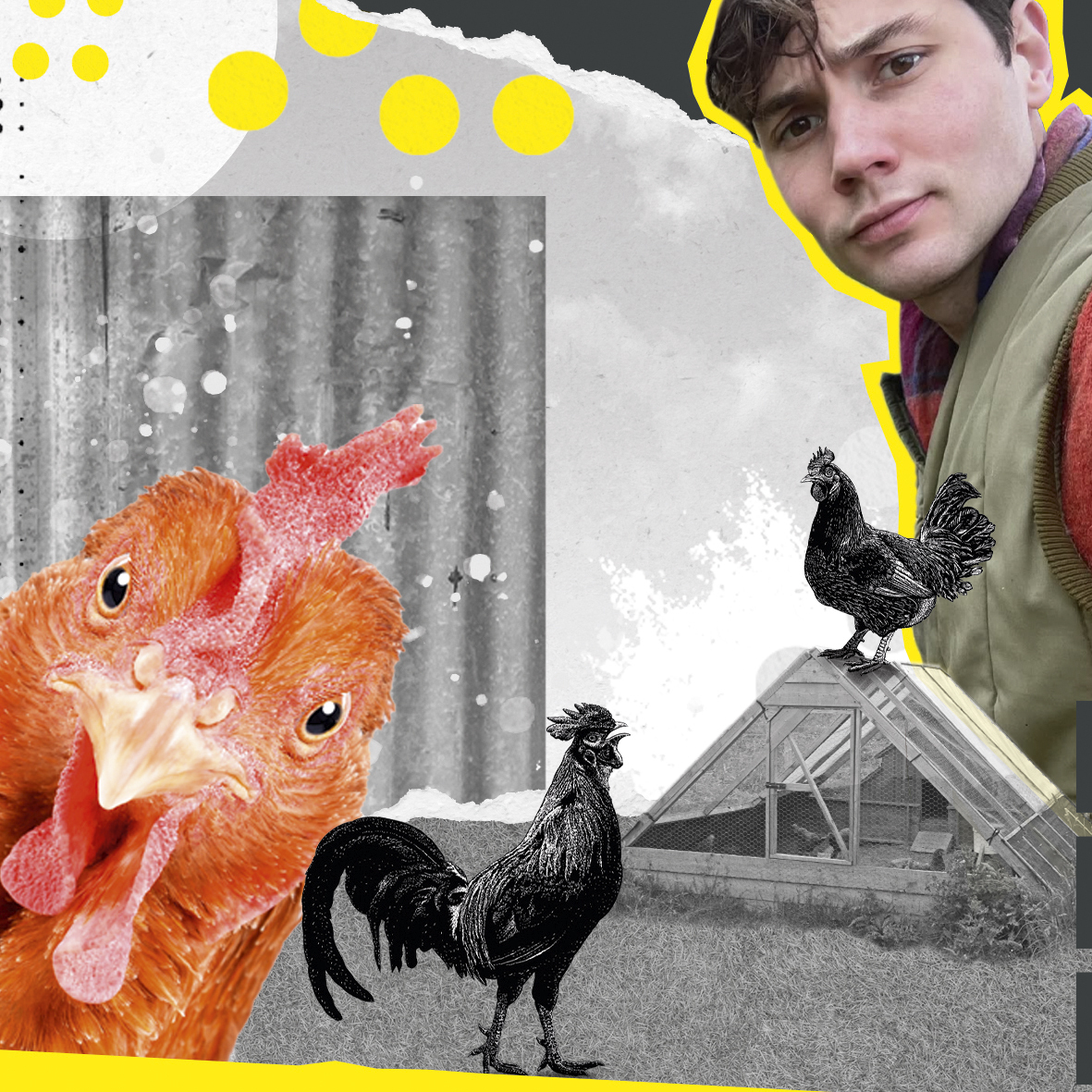 Arthur Parkinson: I am a cleaner, security guard and matron to my happy hens
Arthur Parkinson: I am a cleaner, security guard and matron to my happy hensIn his first regular chicken-keeping column for ‘Country Life’, Arthur Parkinson introduces his brood and touches on the importance of good housekeeping.
By Arthur Parkinson
-
 Is anyone more superstitious than a sports star?
Is anyone more superstitious than a sports star?When it comes to worrying about omens and portents, nobody gets quite so worked up as our sportsmen and women.
By Harry Pearson
-
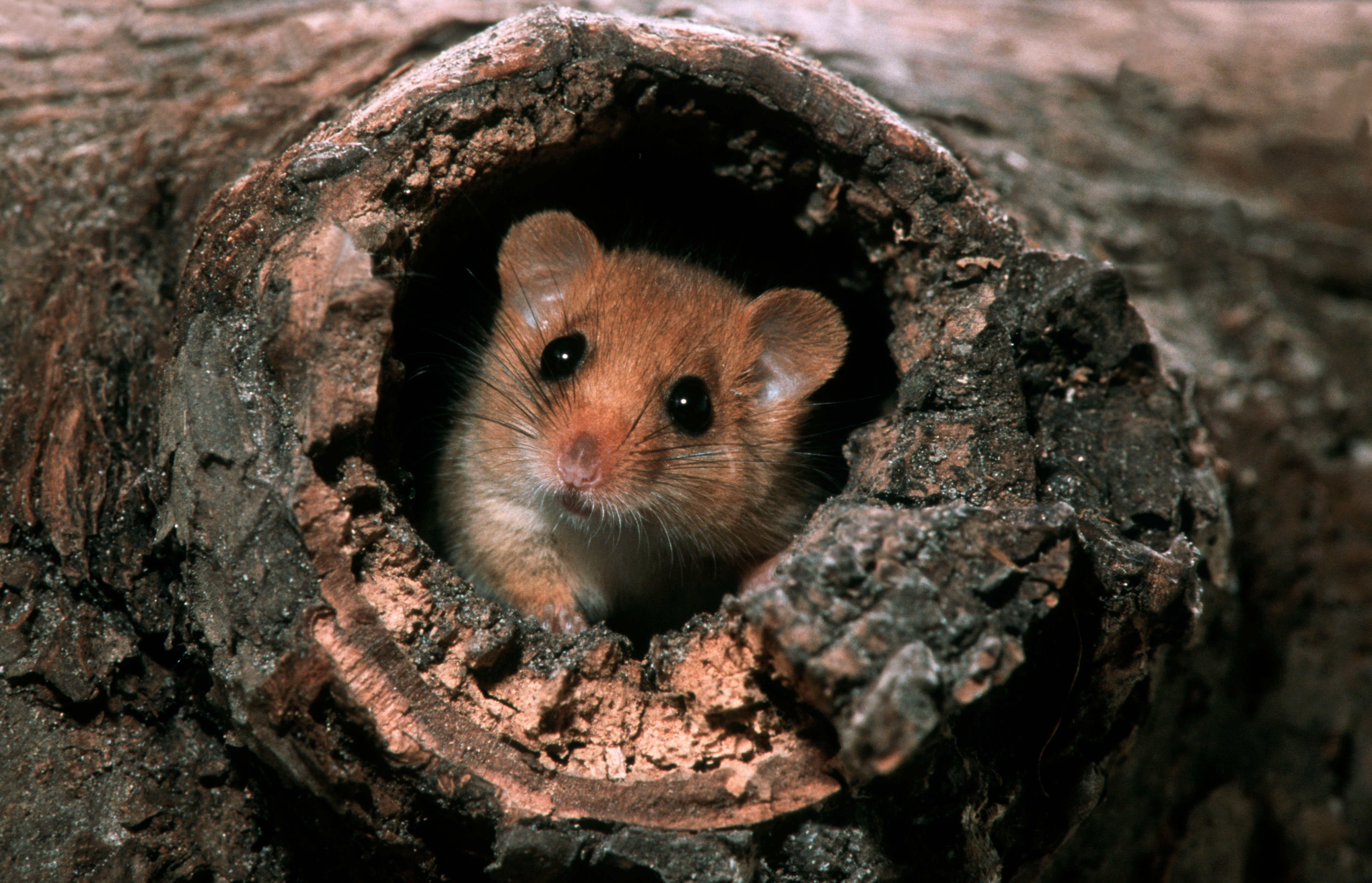 The humble hazel dormouse — 'the flagship species of the health of our countryside'
The humble hazel dormouse — 'the flagship species of the health of our countryside'The sleepy and very sweet hazel dormouse is one of Britain's rarest mammals.
By Jack Watkins
-
 The grass is always greener: Follow in the footsteps of Sir Andy Murray and play in The Giorgio Armani Tennis Classic
The grass is always greener: Follow in the footsteps of Sir Andy Murray and play in The Giorgio Armani Tennis ClassicThere’s no better time of year than the summer grass court tennis season.
By Rosie Paterson
-
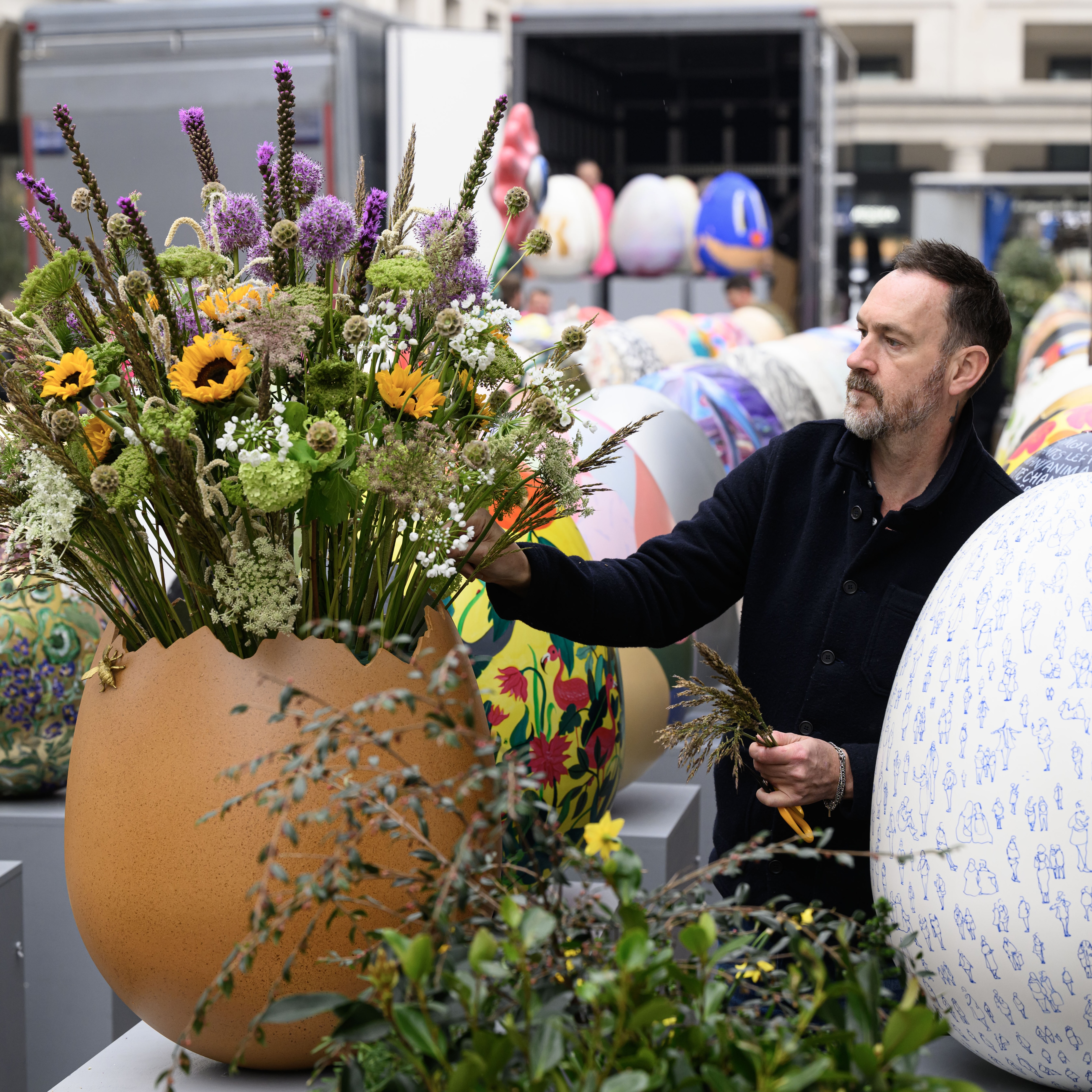 You've gotta catch them all: Everything you need to know about London's giant Easter egg hunt
You've gotta catch them all: Everything you need to know about London's giant Easter egg huntFortnum & Mason, Anya Hindmarch and Chopard are among the companies that have lent a creative hand.
By Amie Elizabeth White